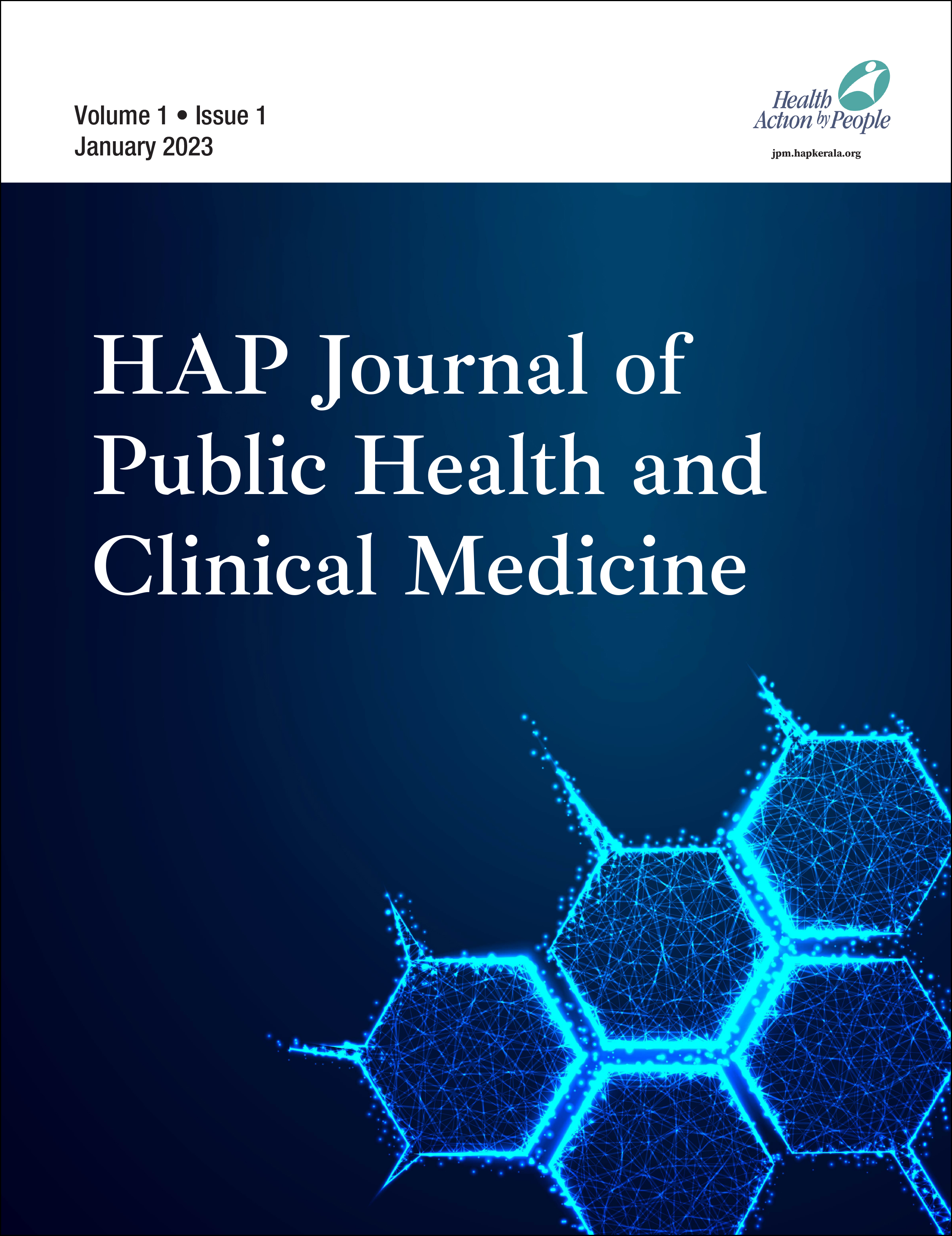
1Achutha Menon Centre for Health Science Studies, Sree Chitra Tirunal Institute for Medical Sciences & Technology, Trivandrum, Kerala, India
2Hospital Infection Control (HIC) & Microbiology, Kauvery Group of Hospitals, Chennai, Tamil Nadu, India
Creative Commons Non Commercial CC BY-NC: This article is distributed under the terms of the Creative Commons Attribution-NonCommercial 4.0 License (http://www.creativecommons.org/licenses/by-nc/4.0/) which permits non-Commercial use, reproduction and distribution of the work without further permission provided the original work is attributed.
Background: Road traffic injuries (RTIs) are a growing public health concern in India. Despite good health infrastructure and better-connected roads, Kerala has the fifth highest incidence of RTI in India. The spatiotemporal analysis of RTI in Trivandrum is undertaken in this context.
Methods: RTI data for 2016 was obtained from the State Crime Records Bureau, Thiruvananthapuram and the population data were taken from the Census 2011. Spatial statistical analysis was used to look for geographical distribution and spatiotemporal clustering of RTIs. Health-care facilities providing emergency trauma care services in the city were identified from secondary sources.
Results: A total of 2,319 people, including pedestrians, got injured in 1,926 accidents in Thiruvananthapuram city in 2016. A Moran’s I value of 0.23 signifies spatial autocorrelation (clustering) of RTIs in Trivandrum. The rates of RTIs were significantly high among senior citizens, male sex, two-wheeler users, and during daytime. Most deaths (48.2%) occur among the active age group of 30 to 60 years. A severity map was generated and using LISA, local hotspots were identified. Eight significant cluster locations were identified among the 100 wards. The mean distance from the accident hotspots to the nearest health-care facility was 1.2 km for the public and private facilities.
Conclusion: There is a significant spatial-temporal clustering of RTIs in Thiruvananthapuram city. Proportionally higher deaths occur among pedestrians, 2-wheeler users, and women, which needs further exploration. The study results could be used to plan and build RTI prevention strategies in Thiruvananthapuram city.
Geographic information system, health care, road traffic injuries